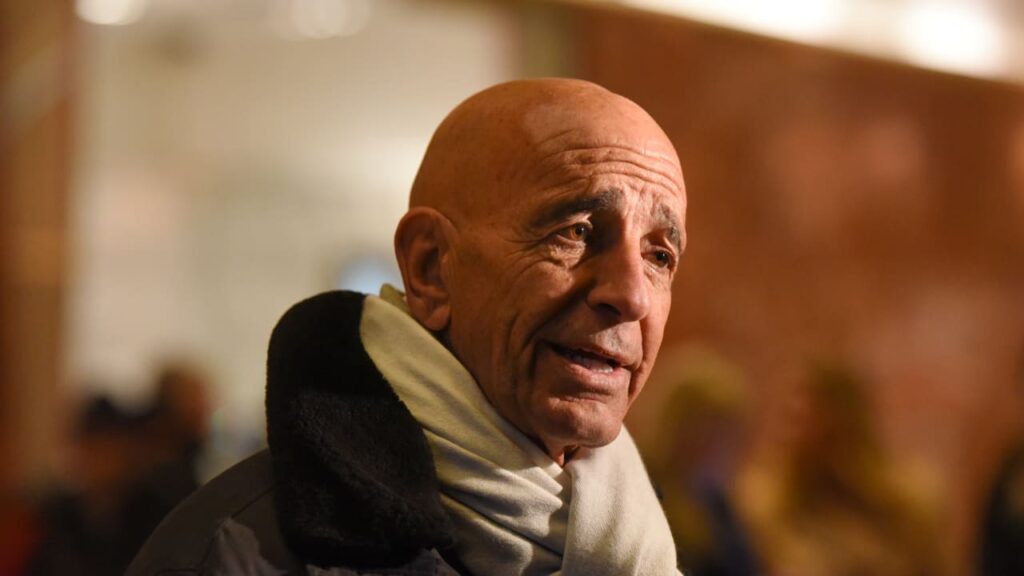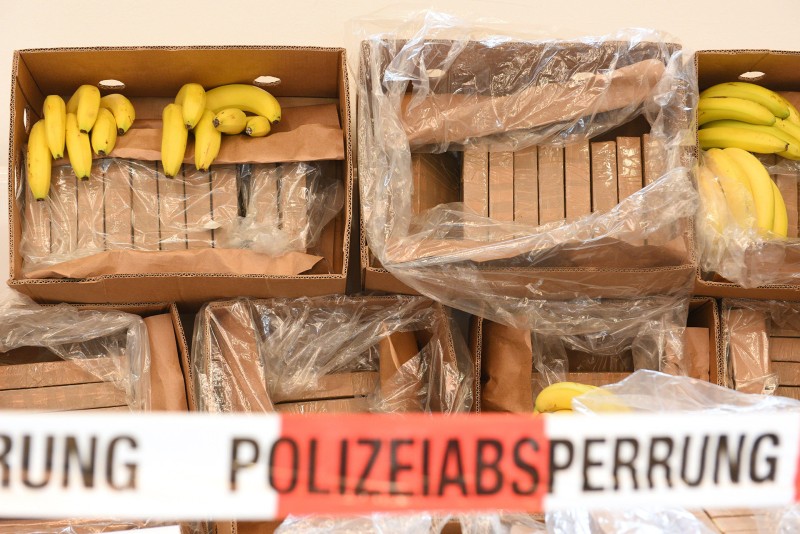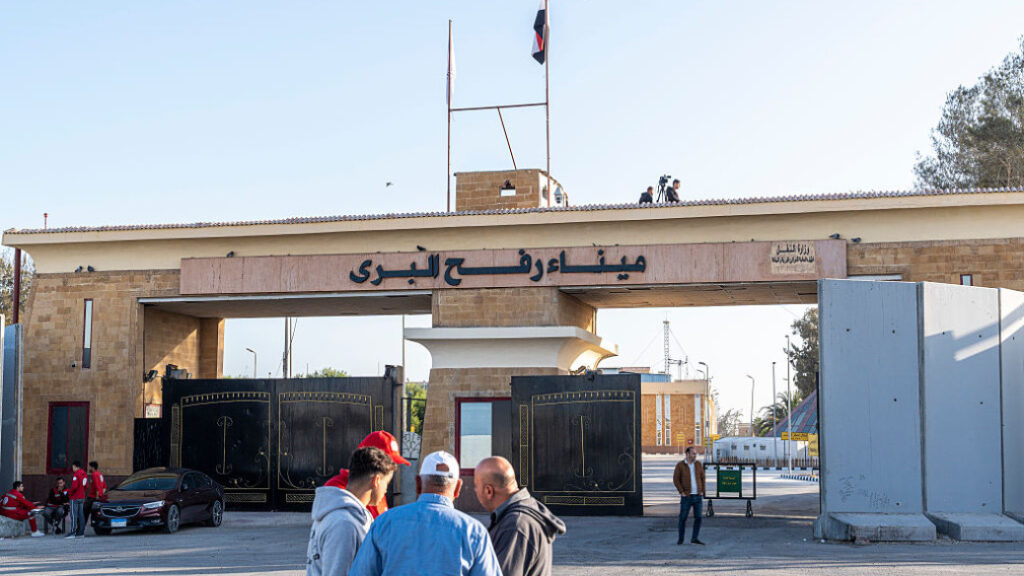The Architecture of Eurasian Security: An Iranian Perspective
The rapidly evolving dynamics of global power and security have transformed Eurasia into a critical arena of competition and cooperation. The continent, spanning from the Atlantic to the Pacific, has become a focal point for major geopolitical shifts, particularly amid the waning dominance of Western-centric institutions and the rise of new regional powers. Within this context, the Islamic Republic of Iran articulates a distinct and comprehensive vision of Eurasian security—one that emphasises balance, sovereignty, inclusivity, and multilateral cooperation.





